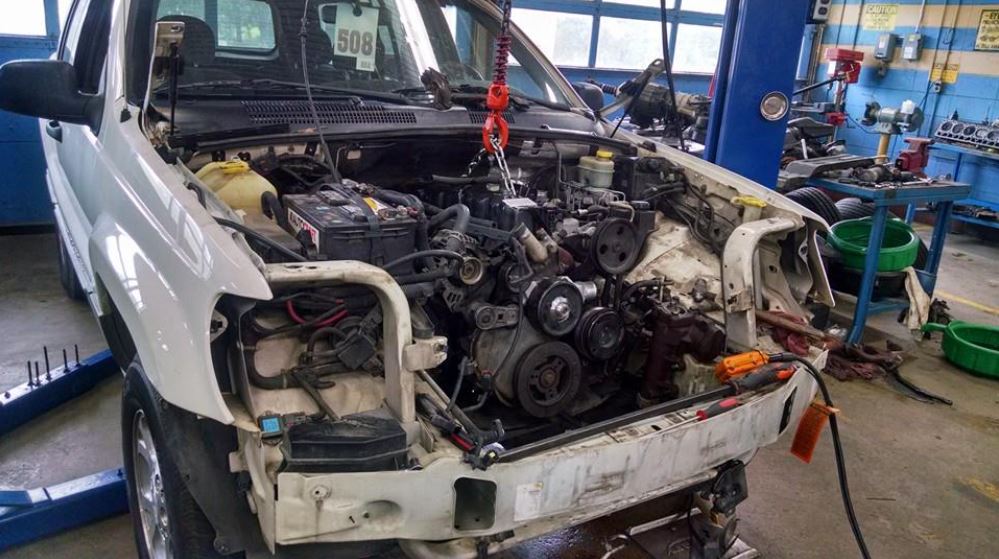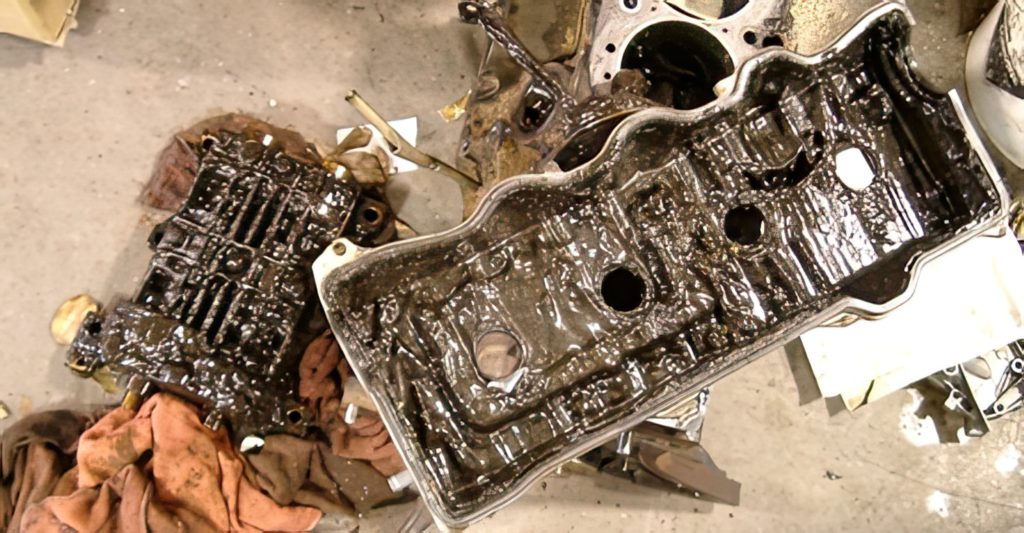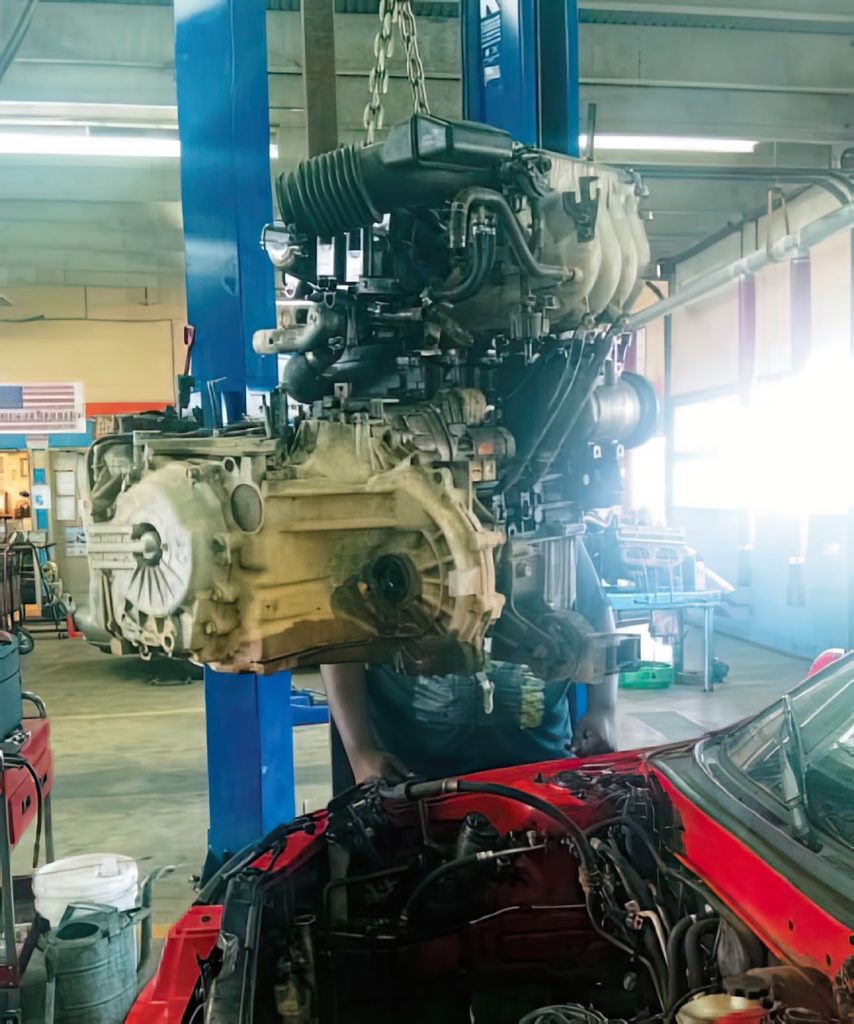Installing superchargers and turbochargers and tinkering with the suspension system are some of the most common car modifications out there. But if you want to take your vehicle upgrades to the next level, consider getting an engine swap.
What Is an Engine Swap?
Engine swap is the process of replacing the original engine with a similar or better one.
How Much Does an Engine Swap Cost?
An engine swap can cost anywhere between $1,500 and $25,000, depending on whether you’re swapping out your engine for a similar or better-performing replacement.
Mounting a different engine (such as replacing a V6 with a V8) is definitely the more expensive route because it usually involves major modifications to the recipient car, like updating the transmission. There are also belt and pulley issues, brackets, wiring, and many other considerations.
How Long Does It Take to Swap an Engine?
The time it takes to swap an engine depends a lot on the vehicle and the engine. The job can take from about six hours to 20 hours, depending on the familiarity and the efficiency of the technician(s) doing the work. Even when handled by a professional, everything must go according to plan, and sometimes there are unexpected obstacles such as broken bolts, stripped threads, etc. Professional mechanics will sometimes remove the cab to replace or repair the engine on full size pickups.

What Does the Engine Swap Process Involve?
Removing and reinstalling an engine weighing several hundred pounds is only the beginning. You’ll need to do a ton of research and planning for the next parts. Make sure you get an engine that works well with your ride. Keep in mind that engines produced by the same manufacturer are not always interchangeable.
Engine Swap for the DIYer
A person who hasn’t replaced an engine typically gets bogged down reinstalling the peripheral parts like the brackets, accessories, and whatnot. More than a few jobs have been started and left unfinished, so don’t start out thinking the job is going to be easy–it’s not. Here are some things to keep in mind:
- Don’t ever be underneath the engine no matter what is supporting it.
- Work safe and work smart and be careful to keep track of all your bolts, brackets, and related parts for efficient reassembly.
- Mark hose and wire connections.
- Route wires and hoses in their original configuration, keeping them away from sharp edges or exhaust manifold heat.
- Don’t ever vent refrigerant to the atmosphere.
Furthermore, don’t try doing an engine swap under a tree at home–those days are gone. And don’t use an engine hoist or a jack on dirt, gravel, or any other kind of unstable or unlevel ground. Even asphalt surfaces are a bad place to do this, particularly in the summer when the asphalt is soft.

What a Shop Engine Swap Involves
In a shop situation, it’s smart on a rear wheel drive vehicle to raise the vehicle, remove the transmission first, then drain the coolant, disconnect all wiring and piping (fuel lines, wire harnesses, coolant hoses, etc.), unbolt the mounts, and lift the engine out. Sometimes accessories will need to be removed first, including the belt, power steering pump, and any engine-mounted belt-driven cooling fan.
Reinstalling the engine and reconnecting all the wires and piping can be done first by lowering the engine onto its mounts, bolting it in place, and then reinstalling the transmission. During the course of this operation, the torque converter seal and the rear main should be replaced if the engine being installed is a salvage yard unit.
Reinstalling the engine and reconnecting all the wires and piping can be done first by lowering the engine onto its mounts, bolting it in place, and then reinstalling the transmission.
– Richard McCuistian, ASE Certified Master Automobile Technician
If installing a salvage yard unit, the inside of the engine should be inspected for sludge. An engine can be very clean on the outside and dreadfully sludged up on the inside, and that can cause early engine failure if the sludge melts from where it’s caked and finds its way into the oil pan to clog the pump screen. It happens!
If the replacement engine is high mileage and is equipped with a timing belt, the timing belt should be replaced as well, and a new water pump and thermostat are also a good idea.
When filling the cooling system, follow shop manual procedures – filling the cooling system isn’t like pouring water in a bucket – the engine needs to be monitored carefully while it’s warmed to operating temperature.


The entire process can be overwhelming, and conducting an engine swap is known to be a difficult job even for professionals. However, the task has also been proven to be doable, given the right information, technical knowledge, and equipment.
Why Do Drivers Swap Engines?
Aside from improved vehicle performance, there are other reasons why drivers get their engines swapped. Here are some of the most common ones.
An Engine Swap Costs Less than Buying a Used Car
Many drivers know that owning and maintaining a car doesn’t come cheap, so most will find ways to cut costs. Despite amounting to a couple of thousand dollars, an engine swap is still relatively cheaper than buying a used car. In some cases, an engine swap also costs less than getting the original engine replaced.
The Swapped Engine Has More Parts Available Than the Old One
Instead of scouring dealerships and aftermarket manufacturers for hard-to-find components to repair their faulty engine, a lot of drivers prefer swapping it with a new one. Aside from getting their vehicle back on the road faster, it’s easier to find replacement parts for a new engine in case it develops issues down the line.
A Swapped Engine Can Make the Vehicle More Reliable

Swapping an engine for improved performance can also mean that the vehicle will become more dependable in the long run. However, keep in mind that the outcome will boil down to the type of engine you’re getting.
What are the Disadvantages of Swapping an Engine?
Although an engine swap comes with its advantages in terms of performance, some drivers prefer not to go for it because of several reasons.
An Engine Swap Is Still Expensive
While it’s true that replacing the engine is cheaper than buying a used car, it can still cost a few thousand dollars. It depends on the modifications the recipient car needs to accommodate the swapped engine’s specifications.
Registration Concerns
You might need to re-register your vehicle if the engine came from a titled salvage or if you’re considering getting a rebuilt title. Be sure to check your state’s regulations about swapping an engine to prevent any conflict in the long run.
The Hassle of Emissions Testing
Emissions inspections are a must when swapping an engine to check whether or not the vehicle meet’s local regulations. If you find this task too troublesome, then getting an engine swap might not be the right move for you.
Will an Engine Swap Reset a Vehicle’s Mileage?

No. Swapping an engine doesn’t mean a fresh start for your vehicle’s odometer. After all, the odometer is connected to the front wheel hub and not the engine.
Also, the performance of the entire vehicle, including the transmission, chassis, and suspension, is taken into account when calculating the total number of traveled miles. So unless your odometer’s been tampered with, the mileage won’t reset after swapping an engine.
Can You Swap a Gasoline Engine with a Diesel One?
Yes. Swapping a gasoline engine with a diesel one isn’t unheard of, but you can expect it to be more difficult than swapping similar engine types.
Engine weight and dimensions, transmission, and emissions are only some of the things you’ll need to think about before taking on the task of replacing a gasoline engine with a diesel one. And if all goes well, the new engine can significantly boost your vehicle’s fuel economy and churn out more power than before.
Any information provided on this Website is for informational purposes only and is not intended to replace consultation with a professional mechanic. The accuracy and timeliness of the information may change from the time of publication.






























